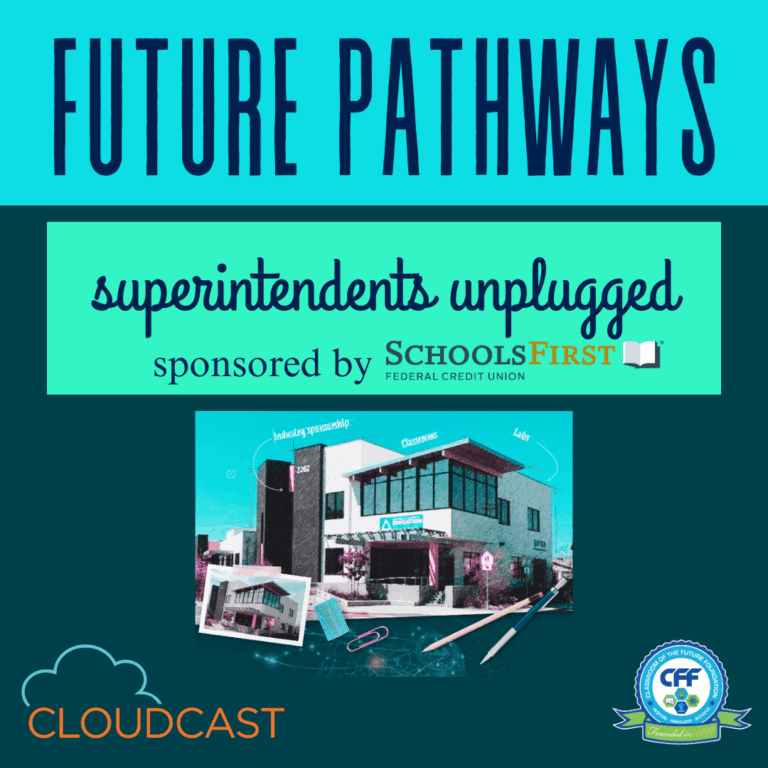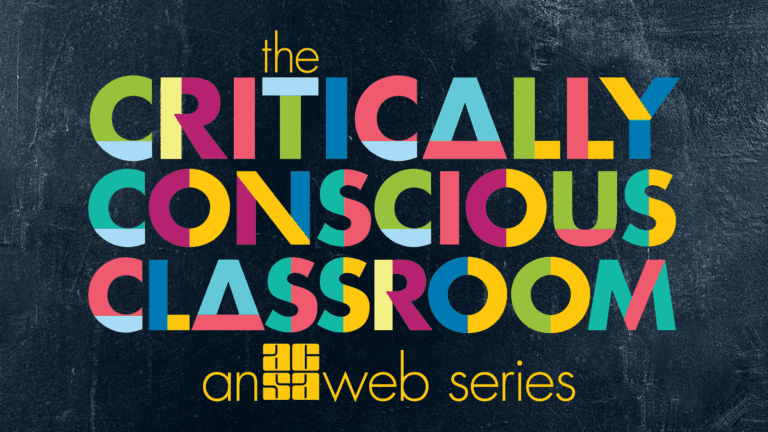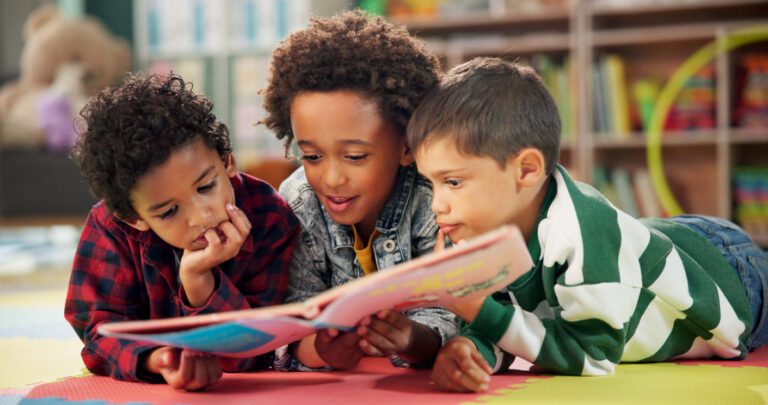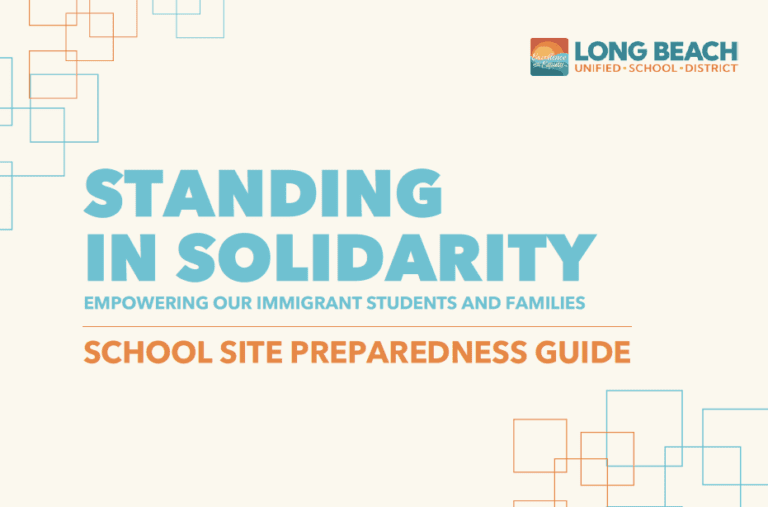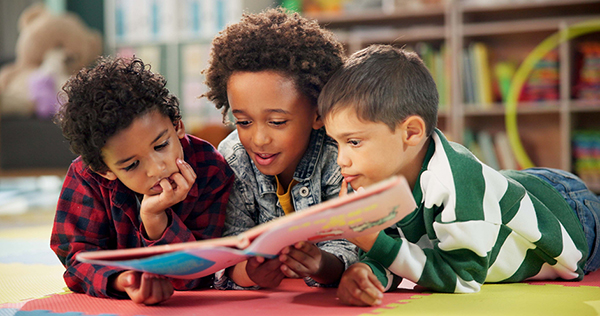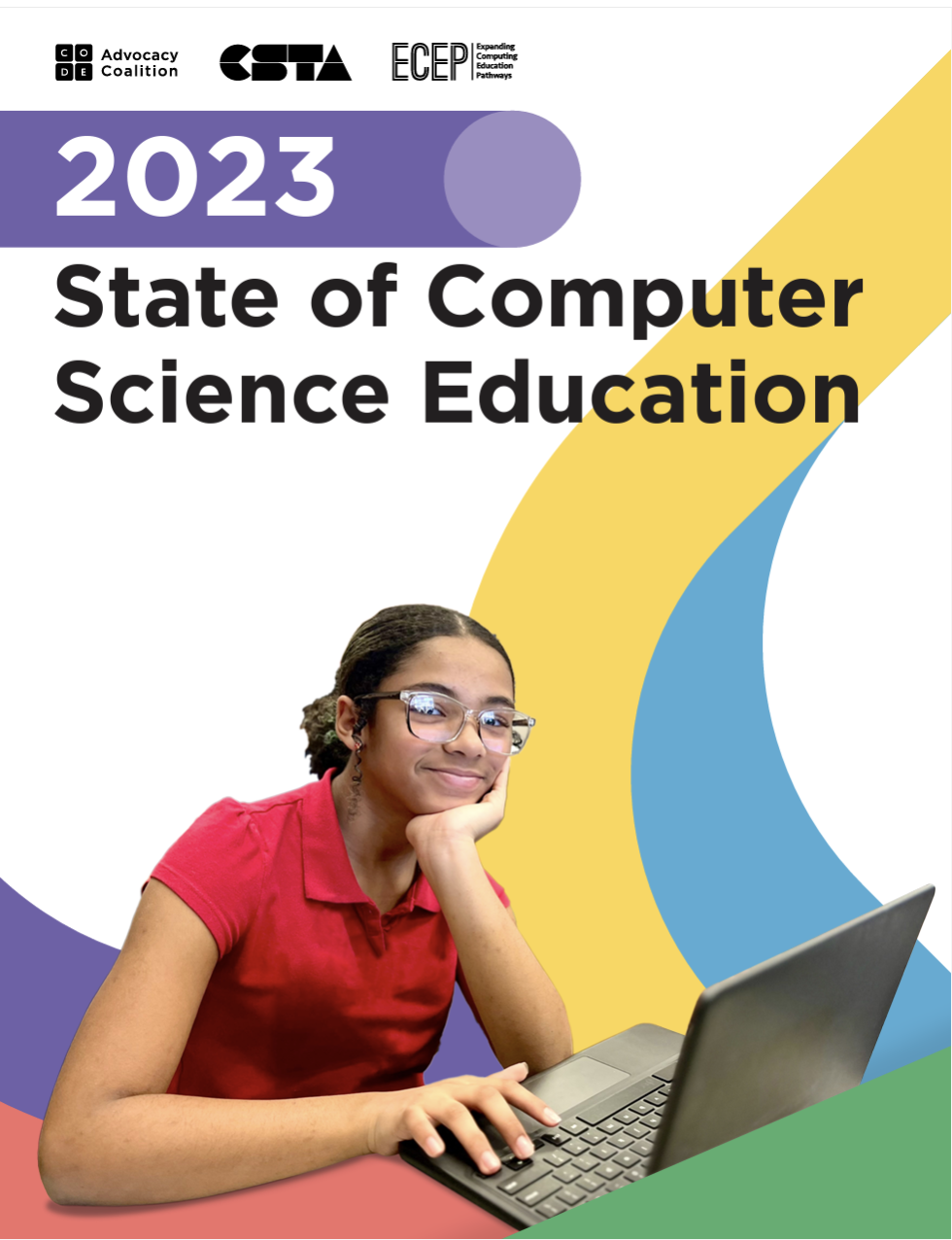
This resource is provided by ACSA Partner4Purpose Right At School and was written by Bonnie A. Hain.
“The shares of American 9- and 13-year-olds who say they read for fun on an almost daily basis have dropped from nearly a decade ago and are at the lowest levels since at least the mid-1980s, according to a survey conducted in late 2019 and early 2020 by the National Assessment of Educational Progress (NAEP).”
In today’s digital age, fostering a love for reading among elementary students is more important than ever. The science of reading emphasizes effective strategies for teaching children how to read, but equally vital is motivating them to read for enjoyment. Engaging students through dynamic approaches such as reading aloud, acting out stories, and thinking aloud can spark their interest and enhance comprehension. Additionally, introducing children to a variety of text types—from picture books to poetry and nonfiction—can broaden their understanding and appreciation of literature. By blending these techniques, we can cultivate enthusiastic readers who view reading not just as a skill, but as a source of entertainment and joy.
If children aren’t enjoying reading and don’t have enough opportunities to practice, they are unlikely to develop strong reading skills. However, reading and understanding written text are essential for success in today’s workforce, as adults encounter numerous messages, emails, texts, and instructions daily. Despite the focus on the science of reading instruction—methods designed to teach children how to read—simply emphasizing instruction won’t improve reading comprehension. We also need to foster a love for reading and ensure that children have dedicated time for independent reading, so they see it as an enjoyable and rewarding activity.
Today I want to share some ideas on how to motivate children to read as a form of entertainment. In part 2 of this article I’ll share some ideas on how to build in time for children to pursue independent reading.
Motivating Children to Read For Entertainment
#1 Read Aloud–Act It Out–Think Aloud
Read aloud a snippet of an interesting story, news article, or book. As you are reading, use your best acting skills to make the text come alive. You can change voices to embody characters or read informational text with expressiveness. Don’t just read–plan to engage listeners in the ideas.
For example, after reading a paragraph or two, stop and ask the children what they are thinking. Don’t focus only on simple recall (i.e. don’t make “think aloud” a test of comprehension when your goal is motivating children to see the joy in reading).
Ask real questions that explore feelings, emotions, and ideas. For example:
“What do you think will happen next in the story, and how do you think the characters will react?”
“Can you think of a time when something similar happened to you or someone you know?”
“What part of the story made you feel the most excited or curious, and why?”
Share your thoughts too–and help your students experience the idea that reading is an interactive process (i.e. it allows us to have internal dialogue and conversations, takes us to places we have never been, and to experience new ways of thinking).
#2 Introduce your children to different types of texts (stories, poems, plays, novels, newspaper articles, biographies, cook books and other craft books, history books, online science magazines, sports articles, etc.).

As adults, when we select music for our Spotify lists, shows to watch from a streaming service, or YouTube videos, we don’t always select the same entertainment. Individually, we make choices based on our current mood or interests. If we are going to motivate children to choose to read for entertainment, we have to provide them with a clear sense of the many choices available.
A good illustration is teaching children how to try new foods. Taking a single bite before rejecting outright, we can encourage children to “take a single bite” of different types of texts to learn which ones they like/don’t enjoy as much. At Right At School, we’ve tried this approach in our Right Club Jr. curriculum where we introduce many different text types throughout the year. We’re seeing first-hand the engagement and joy that comes when young readers find a new favorite type of text and/or a new favorite author.
I hope these suggestions are helpful! As we embrace these approaches, we equip our children with the tools they need to thrive academically and personally, ensuring that reading becomes a joyful journey rather than a mere task.
Stay tuned for part two of this article series where I will share tips on how to build in time for children to pursue independent reading.
To read more articles from Right At School on trending topics in education visit www.rightatschool.com/blog.
Bonnie Hain is an accomplished educator with a demonstrated history of leadership in the education management industry. With a robust background in both elementary and secondary curriculum development, Hain has demonstrated exceptional expertise in designing and implementing comprehensive professional development programs for educators. She is currently senior vice president of impact at Right At School.






